
St. Clair's Defeat 1791
by Anonymous
'St. Clair's Defeat 1791' Summary
In the 1783 Treaty of Paris, which ended the American Revolutionary War, Great Britain recognized United States sovereignty of all the land east of the Mississippi River and south of the Great Lakes. The native tribes in the Old Northwest, however, were not parties to this treaty and many of them, especially leaders such as Little Turtle and Blue Jacket, refused to recognize American claims to the area northwest of the Ohio River. The young United States government, deeply in debt following the Revolutionary War and lacking the authority to tax under the Articles of Confederation, planned to raise funds via the methodical sale of land in the Northwest Territory. This plan necessarily called for the removal of both Native American villages and squatters. During the mid and late 1780s, American settlers in Kentucky and travelers on and north of the river suffered approximately 1,500 deaths during the ongoing hostilities, in which white settlers often retaliated against Indians. The cycle of violence threatened to deter settlement of the newly acquired territory, so John Cleves Symmes and Jonathan Dayton petitioned President Washington and Secretary of War Henry Knox to use military force to crush the Miami.
A force of 1,453 men (320 regulars from the First American Regiment and 1,133 militia) under Brigadier General Josiah Harmar marched northwards from Fort Washington on the Ohio River on 7 October 1790. The campaign ended in disaster for the United States. On 19–22 October, near Kekionga (present-day Fort Wayne, Indiana), Harmar committed detachments that were ambushed by Native American forces defending their own territory. On three separate occasions, Harmar failed to reinforce the detachments. Suffering more than 200 casualties, as well as a loss of a third of his packhorses, Harmar ordered a retreat back to Ft. Washington. Estimates of total Native casualties, killed and wounded, range from 120 to 150.
Washington then ordered General Arthur St. Clair, who served both as governor of the Northwest Territory and as a major general in the Army, to mount a more vigorous effort by summer 1791. Congress agreed to raise a second regiment of regular soldiers for six months, but it later reduced soldiers' pay. The demoralized First Regiment was reduced to 299 soldiers, while the new Second Regiment was able to recruit only half of its authorized soldiers. St. Clair was forced to augment his Army with Kentucky militia as well as two regiments (five battalions) of six-month levies.
In May 1791 Lieutenant Colonel James Wilkinson led a subsequent raid in August 1791, intended to create a distraction that would aid St. Clair's march north. In the Battle of Kenapacomaqua, Wilkinson killed 9 Wea and Miami, and captured 34 Miami as prisoners, including a daughter of Miami war chief Little Turtle. Many of the confederation leaders were considering terms of peace to present to the United States, but when they received news of Wilkinson's raid, they readied for war. Wilkinson's raid thus had the opposite effect, uniting the tribes against St. Clair instead of distracting them.
Book Details
Authors
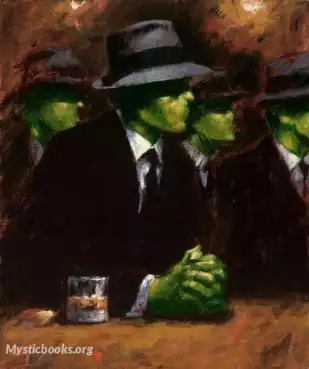
Anonymous
Unknown
An anonymous author is a writer who has chosen to keep their identity hidden from their readers. The reasons for this decision can vary, and may include political or social persecution, personal priva...
Books by AnonymousDownload eBooks
Listen/Download Audiobook
- Select Speed
Related books

Running a Thousand Miles for Freedom by Ellen Craft
Ellen Craft's "Running a Thousand Miles for Freedom" is a gripping firsthand account of a daring escape from slavery. In 1848, Ellen and her husband W...
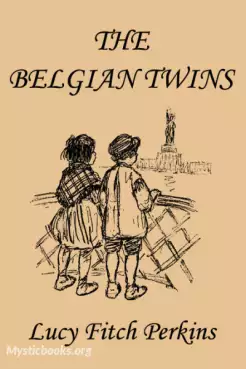
The Belgian Twins by Lucy Fitch Perkins
This story is based upon the experiences of two Belgian refugees in World War I. When their parents are marched of by Germans, Jan and Marie are left...
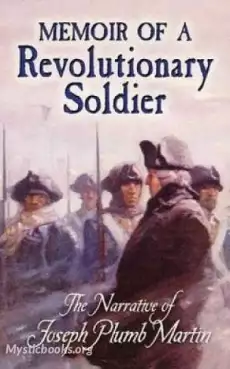
A Narrative of a Revolutionary Soldier by Joseph Plumb Martin
Joining the Continental Army as a teenager, Joseph Plumb Martin spent the next eight years fighting in the Revolutionary War as an enlisted man. His m...

National Geographic Magazine Vol. 08 - 07-08. July-August 1897 by National Geographic Society
This volume of the National Geographic Magazine from July-August 1897 delves into a variety of geographical topics. The articles explore the work of...
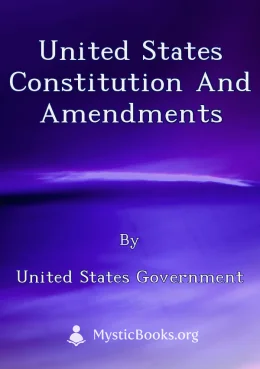
United States Constitution and Amendments by United States Government
This book presents the full text of the United States Constitution, including its original articles and all twenty-seven amendments. It is a primary...

The Chronicles of America Volume 03 - Elizabethan Sea-Dogs by William Wood
"Amidst the tempestuous seas, daring adventurers rise like sea-dogs to sail under the banner of a formidable queen. Unleash the thrill of maritime esc...

Road Past Kennesaw: The Atlanta Campaign Of 1864 by Richard M. McMurry
This book provides a detailed account of the Atlanta Campaign of 1864 during the American Civil War. It explores the military strategies employed by b...

Ahnen - Die Geschwister by Gustav Freytag
Die fünfte Erzählung der Ahnen-Reihe von Gustav Freytag, "Die Geschwister", folgt den Schicksalen zweier Brüder aus der Familie König. Bernhard Georg...
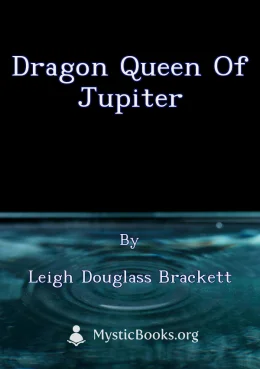
Dragon Queen of Jupiter by Leigh Douglass Brackett
In the vast expanse of space, the battle for Jupiter rages. The Space Foreign Legion, exiled from Earth, fights to hold off the relentless hordes of t...

The Causes Of The American Civil War by John Lothrop Motley
John Lothrop Motley was an American author and popular diplomat, who helped to prevent European intervention on the side of the Confederates in the Am...
Reviews for St. Clair's Defeat 1791
No reviews posted or approved, yet...